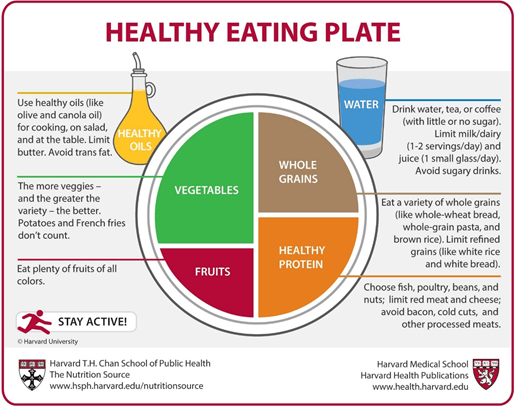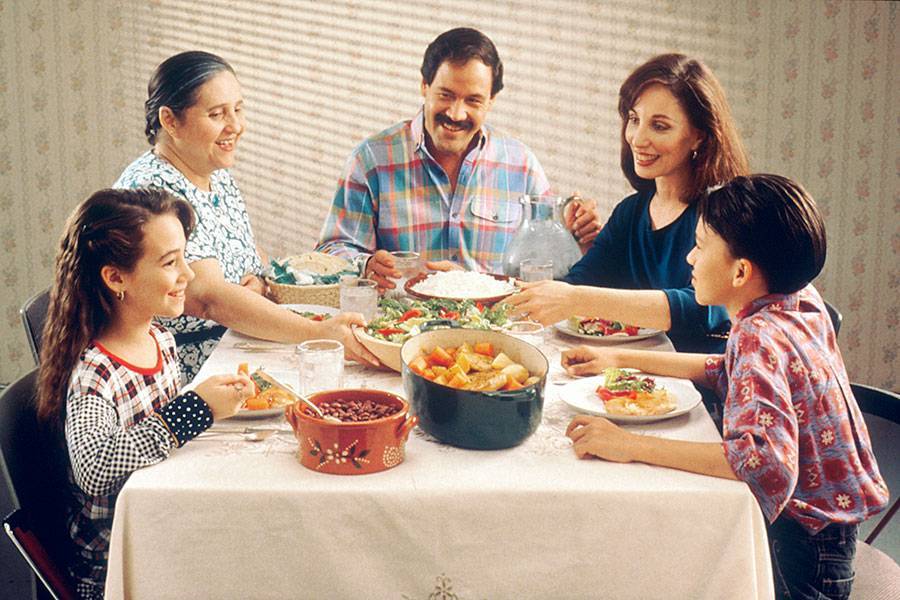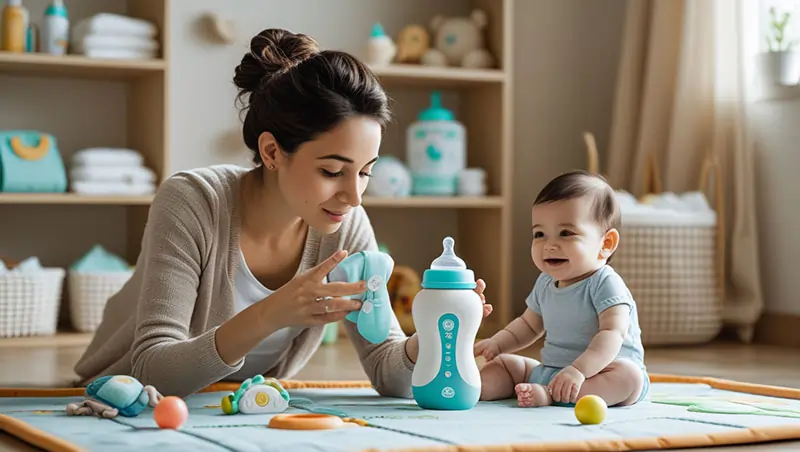What food should I eat? The healthy eating plate
What food should I eat, to be healthy? What food items should I avoid? These are questions that are very relevant today, since lifestyle diseases such as diabetes and cardiovascular diseases are on the rise in the modern society. Let us take a look at what kind of food we should eat, to be healthy and to maintain a healthy weight.
The healthy eating plate
The Harvard School of Public Health and Harvard Medical School have come up with a healthy food plate which shows what kind of foods we should be eating. Below given is the plate.
You can use this plate as a guide for creating healthy meals, served on a plate or in a lunch box. You can also put a copy of this on the refrigerator, as a reminder, to make balanced meals, there are even services like a healthy meal delivery provider for the time you don’t have time for cooking. The key points about the plate are recapitulated below.
Fill ½ your plate with vegetables and fruits
Choose vegetables and fruits of different colours and types. Remember that potatoes cannot be counted as a vegetable here because of their negative effects on blood sugar.

Fill ¼ of your plate with whole grains
Intact, whole grains such as quinoa, brown rice, whole wheat, and barley can be there on your plate. These have a milder effect on insulin and blood sugar, than their white counterparts such as white rice, white bread and other refined grains. For a nutritious addition to your whole grains, consider incorporating wheat bran into your diet. Packed with fiber, it aids in maintaining healthy blood sugar levels and supports daily nutrition.
Fill ¼ of your plate with food that gives you protein
Chicken, fish, nuts, and beans are healthy protein sources. They can be made into salads or mixed with vegetables on a plate. For convenient meal options featuring protein-packed dishes, you might consider high-protein meal delivery services that offer diverse and delicious meals tailored to meet your protein needs.
Oils from plants – in moderate amounts
Olive oil, coconut oil, sunflower oil, peanut oil, canola oil and corn oil are healthy enough to be used, but only in moderate amounts. Avoid partially hydrogenated oils containing unhealthy trans fats. Also, remember that low-fat need not be ‘healthy’.
Drink lots of water, limited amounts of coffee or tea
It is best to have lots of water and limited amounts of coffee or tea. All sugary drinks should be avoided. Milk and dairy products as well as juice should be limited to one serving per day.
Stay active
Staying active is as important as eating well. The red-figure on the healthy eating plate placemat is a reminder that staying active is very important in weight control.
The most important message of the healthy eating plate is to focus on the quality of the diet rather than the quantity. This means that one needs to choose healthier food items.
Below given is a table of what to avoid and what to eat, in order to ensure a healthy diet.
What to avoid and what to eat:
| Avoid these | Choose these |
| Salt for seasoning | Herbs and spices for seasoning |
| White rice | Brown rice |
| White bread | Whole grain bread |
| Ice cream | Yogurt with fruit |
| Fried foods | Grilled, broiled, poached, roasted or steamed foods |
| French fries | Roasted vegetables and potatoes |
| Candy | Fresh or dry fruit |
| Canned vegetables | Fresh or frozen vegetables |
| Sugared soda or juice | Water or fresh juice without sugar |
| Fatty cuts of meat, such as prime rib | Lean cuts such as tenderloin |
| Processed meat (e.g. sausage) | Fish, chicken, beans, nuts |
| Smoked, cured, salted, or canned meat or fish | Fresh or frozen meat or fish, unsalted |
| Super-size restaurant entrees | Small or medium sized entrees |
| Dips high in saturated fat | Peanut butter, hummus, or seasoned low-fat yoghurt |
| Cookies | Oatmeal cookies with fruit |
| Snack crackers | Whole grain crackers |
| Chips | Nuts, popcorn without butter (with coconut or olive oil), raisins, raw vegetables |
| White pasta | Whole wheat pasta |
| Cream of wheat | Oatmeal or other whole-grain hot cereal |
| Corn flakes or other refined- grain cereal | Whole-grain cereal |
| Cream-based sauces | Tomato-based sauces |
| Butter, lard or solid margarine | Coconut oil, olive oil or margarine without trans fats |
(Adapted from Eat, Drink, and Be Healthy: The Harvard Medical School Guide to Healthy Eating by Walter Willet, M.D.)
Careful when you buy vegetables and fruits
As we start eating less processed foods and more vegetables and fruits, very often we get worried about the quality of the vegetables and fruits we get to eat. Some of these may contain harmful pesticides. There are some vegetables that absorb a lot of harmful pesticides. They are called the ‘dirty dozen’. It is best to buy the organic versions of these, or wash them extra carefully once you buy them.
‘Dirty dozen’
⦁ Potatoes
⦁ Cherries
⦁ Spinach
⦁ Nectarines
⦁ Blueberries
⦁ Apples
⦁ Strawberries
⦁ Peaches
⦁ Celery
⦁ Imported grapes
⦁ Kale/collard greens
⦁ Sweet bell peppers
There are other vegetables and fruits that do not absorb as much pesticide as the earlier ones. They have usually the lowest pesticide content, and you probably do not have to buy the organic variety. They are called the ‘clean 15’.
‘Clean 15’
⦁ Sweet potatoes
⦁ Honeydew melon
⦁ Grapefruit
⦁ Watermelon
⦁ Cantaloupe (domestic)
⦁ Eggplant
⦁ Kiwi fruit
⦁ Cabbage
⦁ Sweet peas (frozen)
⦁ Mango
⦁ Pineapples
⦁ Sweet corn (frozen)
⦁ Avocadoes
⦁ Onions
⦁ Asparagus
(ref. environmental working group)
A final word of caution would be about artificial sweeteners. Study after study have shown that artificial sweeteners cause weight increase in users, rather than weight loss. Whatever be the reason behind this, it has been found that a small amount of real sugar is better than many packets of artificial sweeteners. You will not gain weight with a small amount of sugar, and will actually find it more satisfying than artificial sweeteners.
Another concern many people have is about supplements. Those who feel the need for supplements are best served if they take a multivitamin (not with iron), 1200 – 1500 mg of calcium, 1000 IU vitamin D and 1000-3000 mg of omega fish oil, flax seeds or flax seed oil.



